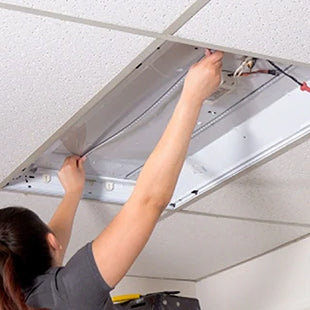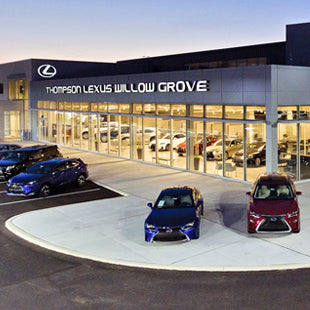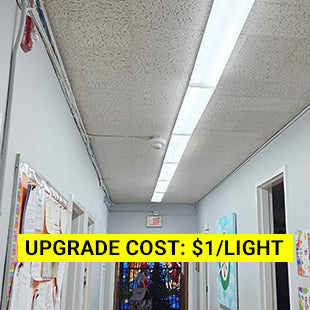Shedding Some Light: Can LED Strip Lights Replace Fluorescent Tubes?
Among the many innovative applications of LEDs in commercial settings, LED strip lights have gained significant popularity. But can these energy-efficient lights truly replace traditional fluorescent tubes? In this blog, we will explore the potential of magnetic LED light strips in replacing fluorescent tubes, considering factors such as efficiency, aesthetics, longevity, and environmental impact.
They Save on Energy Costs
One of the primary driving factors behind the shift from fluorescent tubes to LED strip lights is energy efficiency. Fluorescent tubes have long been known for their relatively high energy consumption, which translates into higher electricity bills. On the other hand, LED strip lights are known for their efficiency. This efficiency not only lowers energy costs but also reduces carbon emissions, making them a greener choice for both residential and commercial spaces.
But Are They Bright Enough?
LED strip lights produce the same or even higher levels of illumination than fluorescent tube lighting while consuming significantly less energy! Plus, some LED strip lights have the added benefit of being wattage selectable, dimmable, CCT adjustable, and more – upping the savings level while also ensuring adequate amounts light. This translates into the perfect amount of brightness and ambiance for each area being upgraded.
Versatility and Aesthetics
Fluorescent tubes have limitations when it comes to design and aesthetics. LED strip lights, on the other hand, are versatile since they can be attached to virtually any magnetic surface. This flexibility opens up many possibilities, allowing for unique lighting designs and accentuation of architectural features.
Longevity and Durability
Fluorescent tubes have a limited lifespan and are prone to flickering or dimming over time. This can lead to frequent replacements and maintenance costs.
LED strip lights are renowned for their long operational life. LEDs have a significantly longer lifespan compared to fluorescent tubes, often lasting up to 50,000 hours or more. This longevity not only reduces maintenance efforts but also contributes to a lower overall cost of ownership.
Environmental Impact
Fluorescent tubes contain mercury, a hazardous material that poses a risk to both human health and the environment. Improper disposal of fluorescent tubes can lead to mercury leakage, contributing to soil and water contamination. (Find out how to correctly dispose of old fluorescent tubes.)
LED strip lights do not contain hazardous materials and can be safely disposed of. Their energy efficiency also means a reduced demand for electricity generation, leading to decreased carbon emissions and a smaller ecological footprint.
Start the Transition to LED Technology
As the world continues to embrace energy-efficient technologies, the transition from fluorescent tubes to LED strip lights is not only feasible but also highly beneficial. With advantages ranging from energy efficiency and versatility to longevity and reduced environmental impact, LED strip lights offer a compelling alternative to traditional fluorescent tubes. While the upfront cost of LED strip lights might be slightly higher, the long-term benefits far outweigh the initial investment. If you are ready to make the switch, reach out to our lighting experts today!





